Luxury White Tiles for entryways are one of the best choices, but what type of tile should you go for? Because it’s not only about matching the furniture or the walls; it’s all practical work, i.e., where dirt comes in, shoes scrape, water drips, and first impressions happen. You want something that can endure but doesn’t look like you gave up on design. This blog post at Flooranddeckor.com delivers the right answers.
Why Entryway Tiles Matter A Lot?
It’s not like the bedroom or some corner guest space; this one gets walked on every day. Some people drag in sand. Others bring rain with them. It should not be slippery as well. That’s why the entry white tiles has to be strong, not just pretty. Plus, you don’t get to change it often either, so it has to last.
1. Tiles That Work Without Fuss
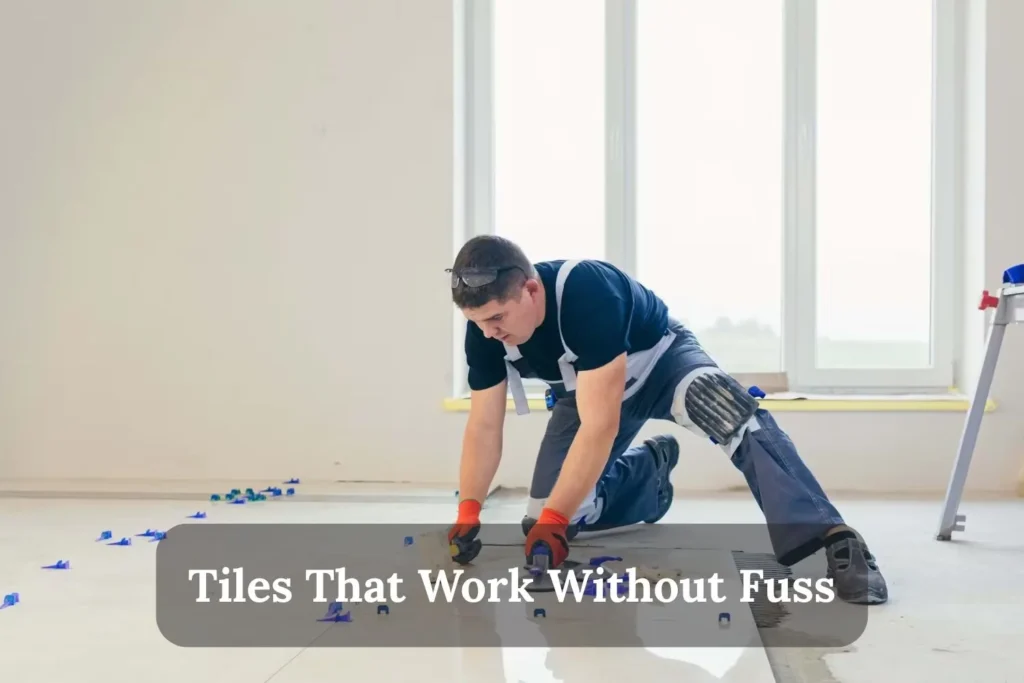
Porcelain is usually the one people go for because it doesn’t stain easily, handles rough use, and you can get it in all sorts of looks, including stone, wood, and even cement-like finishes. Some go for ceramic, too, if the area is covered well, but it chips more. If you don’t mind sealing and wiping a bit more, slate or travertine makes it feel a bit more classic.
Read More: How to Clean LVP Flooring?
2. Shiny Tiles Can Be Slippery!
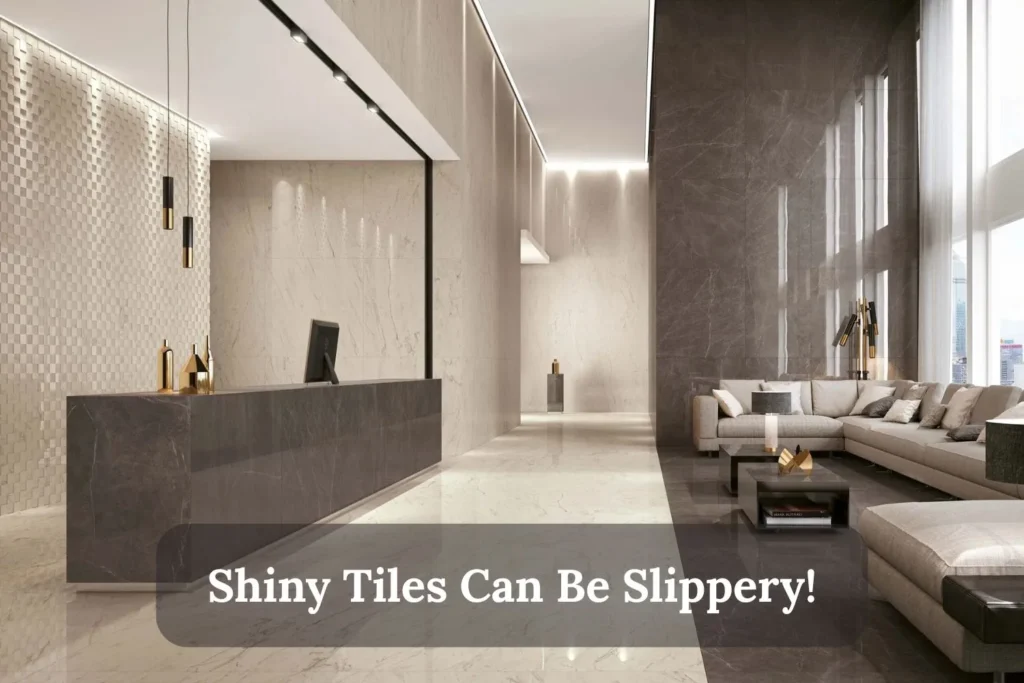
Shiny white tiles might look great at first, but they’re not ideal when someone walks in during rain or brings wet shoes. That sleek gloss? It turns into a skating rink. Better to stay with matte, textured, or something lightly brushed. The kind that lets your foot grab just enough. Because no one wants to start a visit with a slip at the door? Right!
3. The Shape and Layout Do Change Things
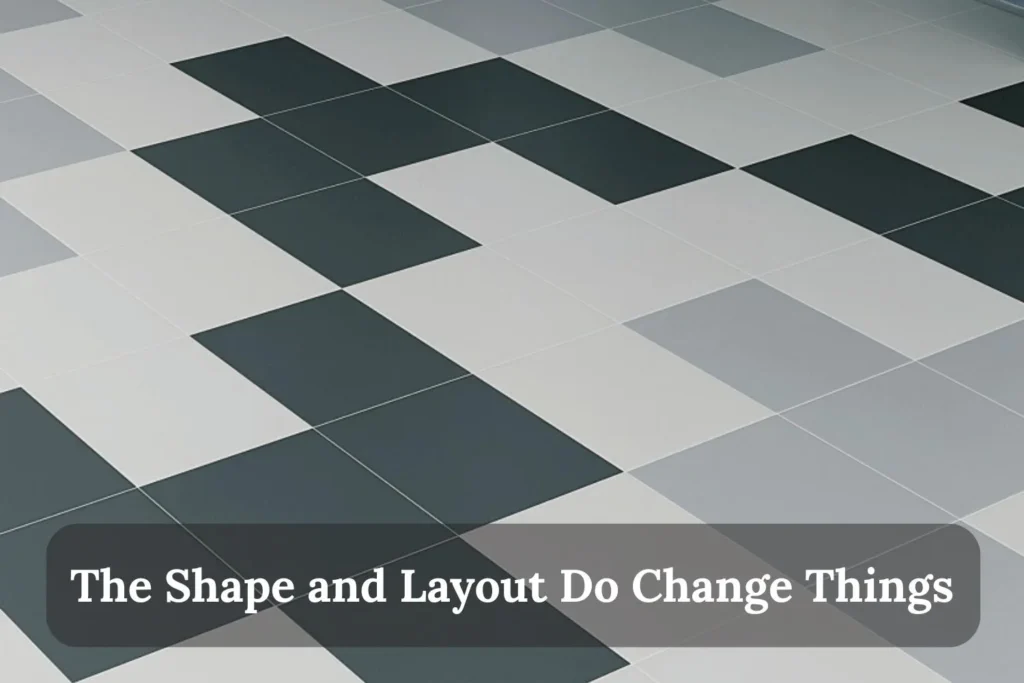
Big tiles make the area feel open. Smaller ones add more lines and patterns but take more time to clean. And, if you want to create a false impression about stretching your narrow entryway vertically, you should install large tile slabs (one piece in one portion). You can play with the arrangement of tiles or add a pattern for visual interest, depending on your preferences.
Learn More: How to Clean Concrete Floors
4. Tiling Color Sets The Tone of The Space
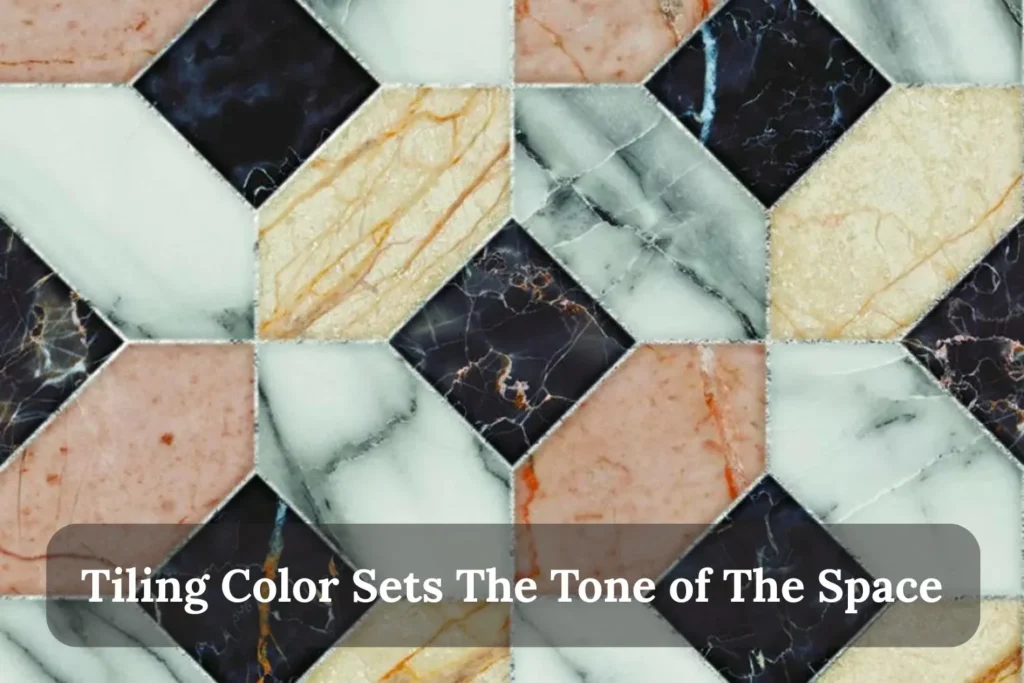
This part of the house sets the tone. Dark tiles can feel dramatic, but will show dust fast. Whites might look clean for a day or two, but every shoe mark shows up. Greys, warm taupes, soft browns, they balance things out. They also hide stains better without looking dull. If you already have wood doors or metal trims, think about what matches and what doesn’t compete.
5. Choose Durable Tiles That Keep Going
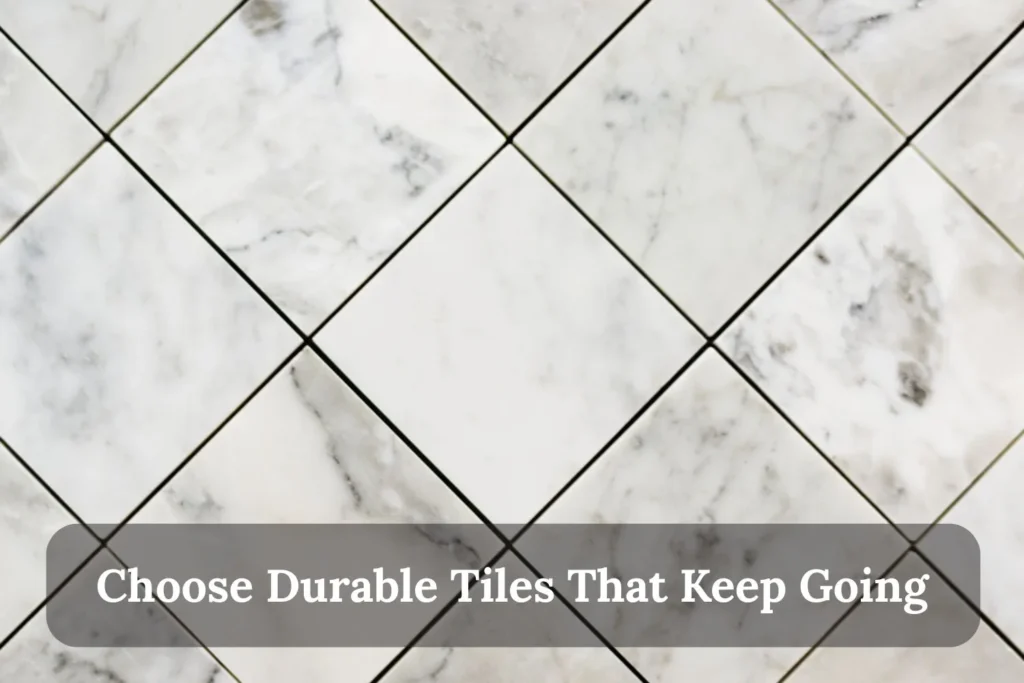
There’s a reason porcelain white tiles come up again: they’re tough. Some are rated for higher foot traffic, and you can go for them blindfolded. They are resilient, especially if you go for marble or limestone; they’ll need resealing. Regular sweeping helps either way, but don’t think all tiles are equal in that department.
Explore Further: How To Clean Laminate Floors?
7. Keep in Mind The Heat and Humidity
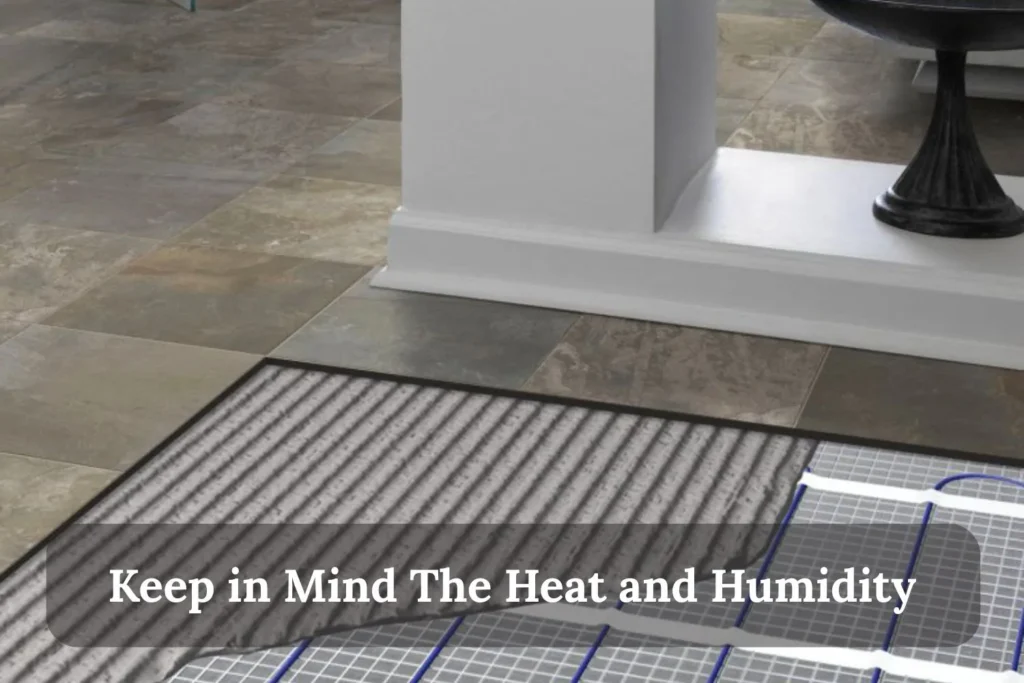
In warmer places, tiles can either hold too much heat or reflect it just right. Light colors help, but so does choosing material that doesn’t trap warmth. If your entrance gets a lot of sun, avoid dark polished tiles; they’ll get hot fast. And if you live somewhere humid, make sure the tile and grout are sealed properly. Otherwise, you’ll get stains and maybe even a little smell over time.
8. Invest Smartly & Not Cheap

Sure, price matters. But entry tiles are one of those things you don’t want to redo in a year or two. It’s worth spending a little more on something that doesn’t crack, stain, or look cheap. Mid-range porcelain gives that balance. Natural stone costs more but looks richer if that’s your thing. Just don’t choose purely by look, you’ll regret it when you’re scrubbing or patching later.
See Details: How to Level a Floor Before Tiling?
In The End
You need something that doesn’t slip, doesn’t crack, and doesn’t stain the second someone steps on it. Something you can mop and forget about. Something that fits the look of your house but also survives a good mess. Entry tiles aren’t about fancy—they’re about smart choices. If you get that balance, everything else flows smoothly. Your guests might not say it, but they’ll feel it when they walk in.

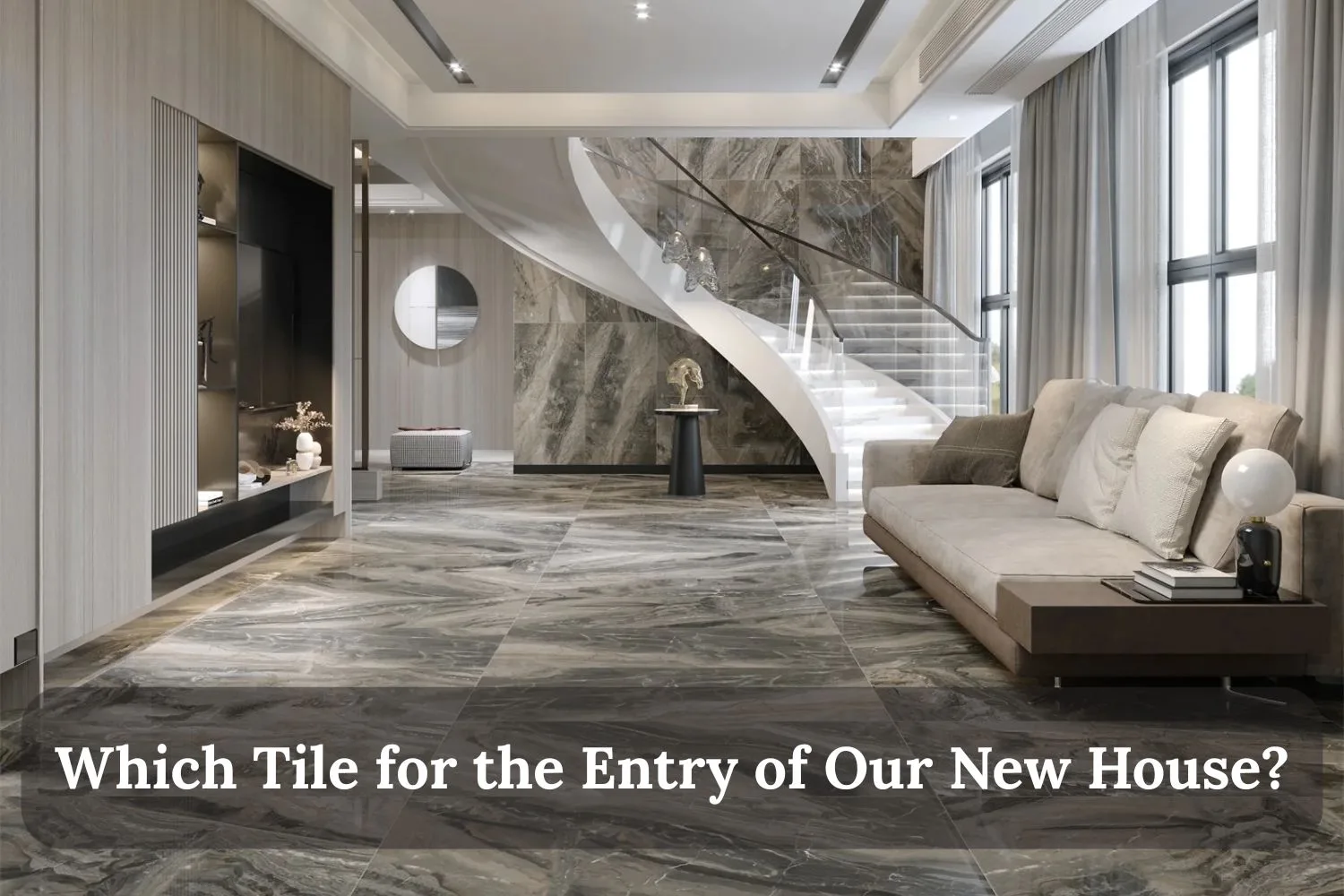




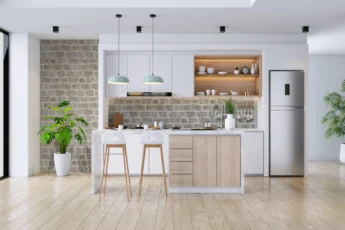

Leave a Comment